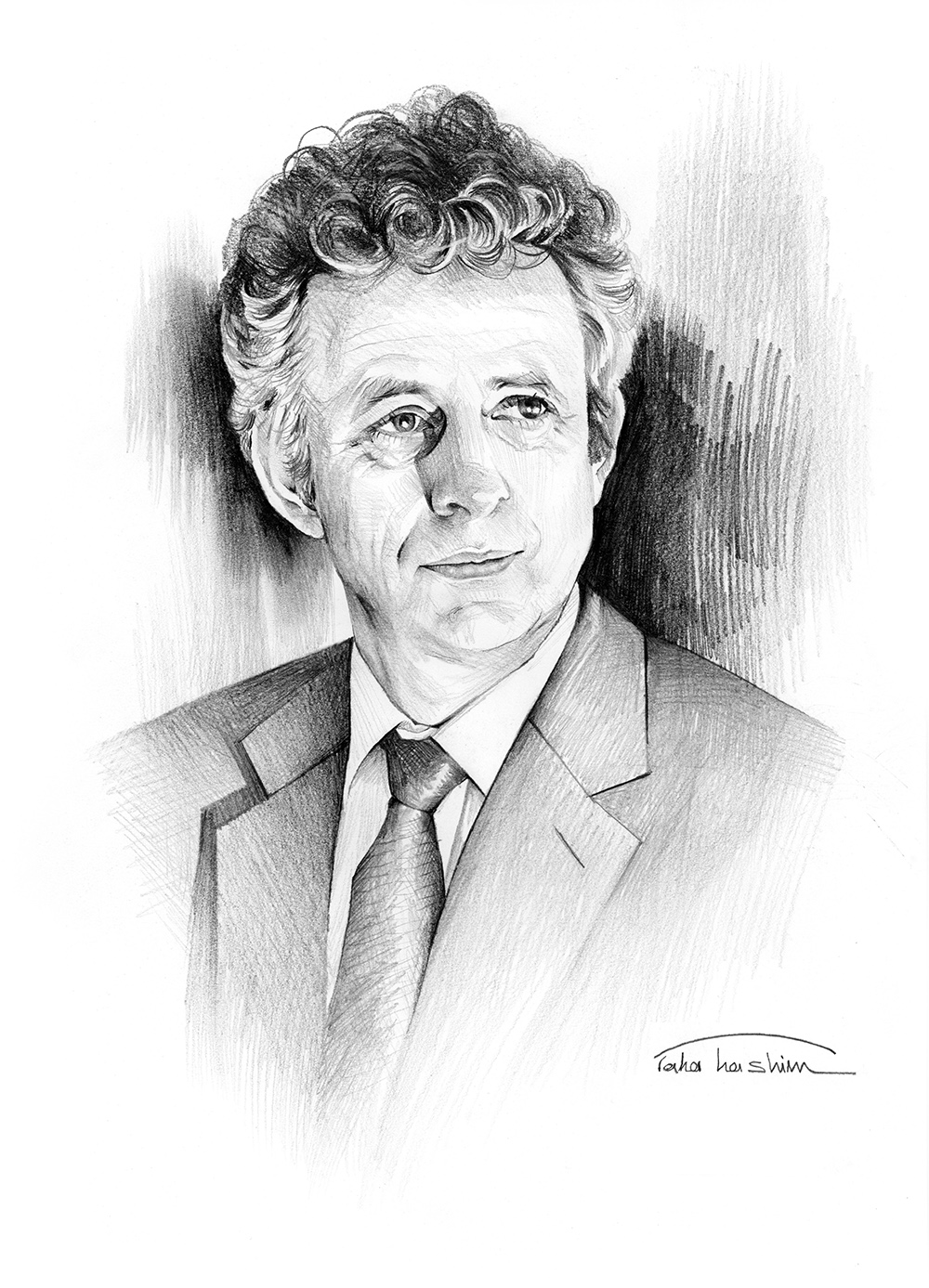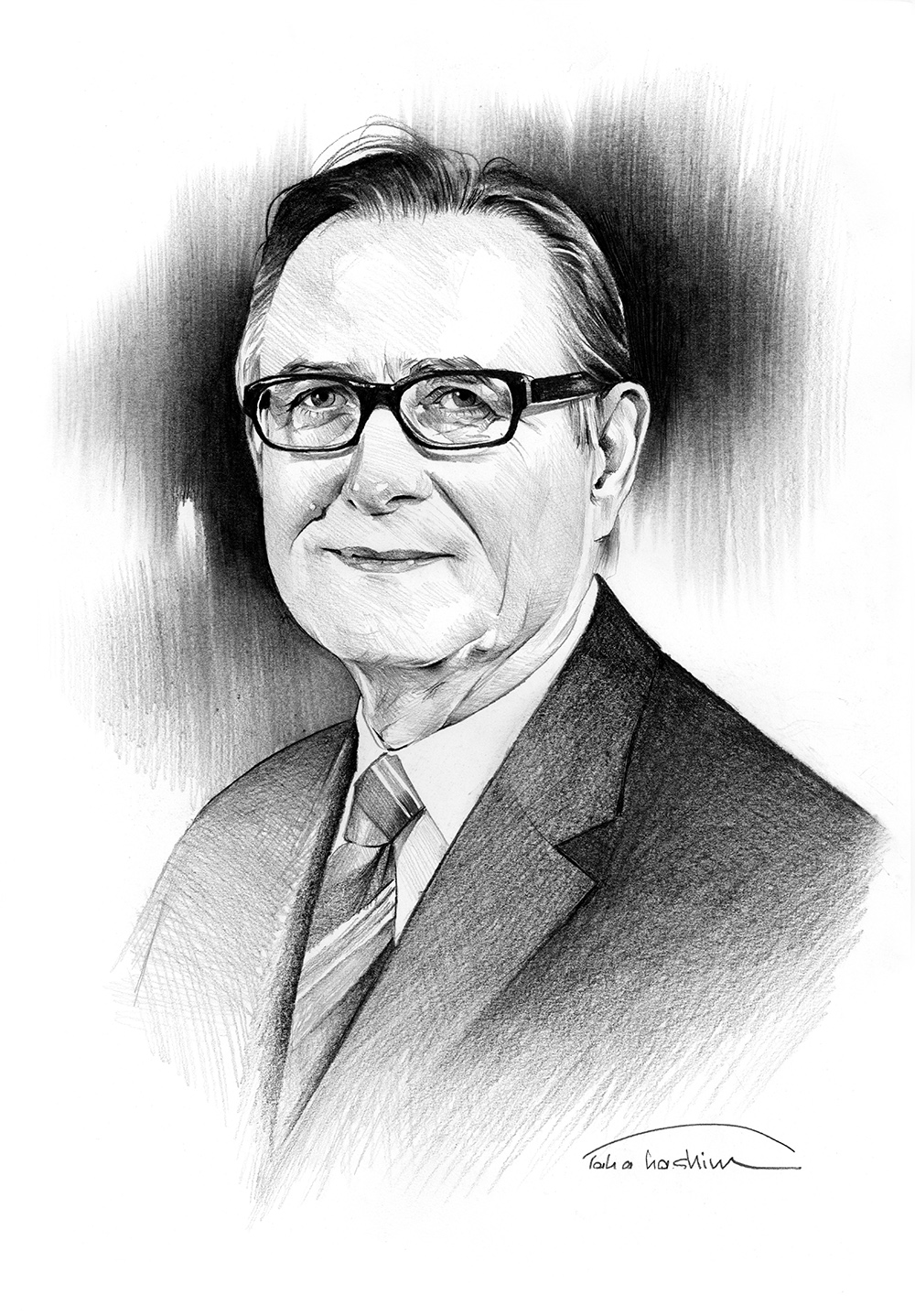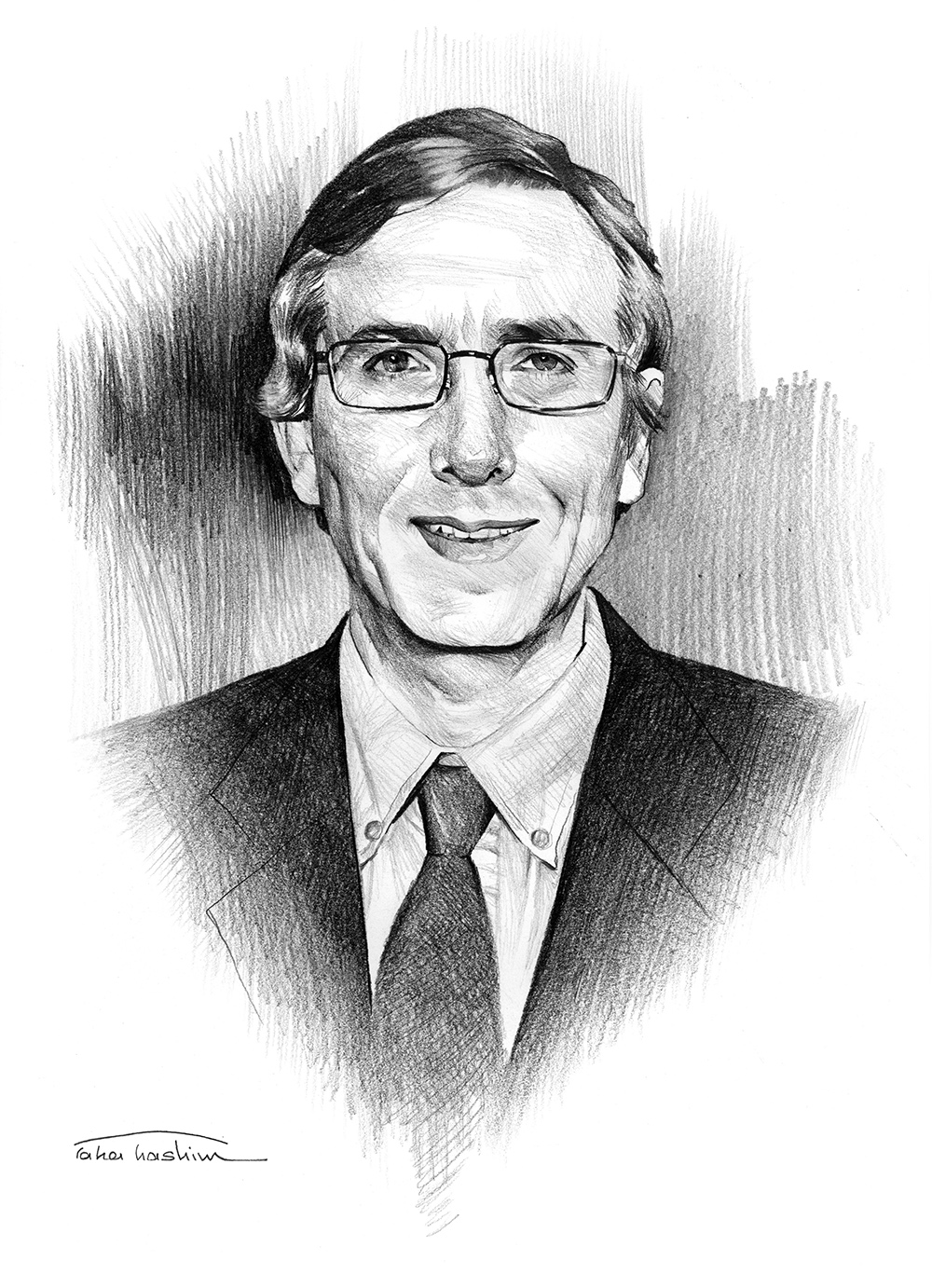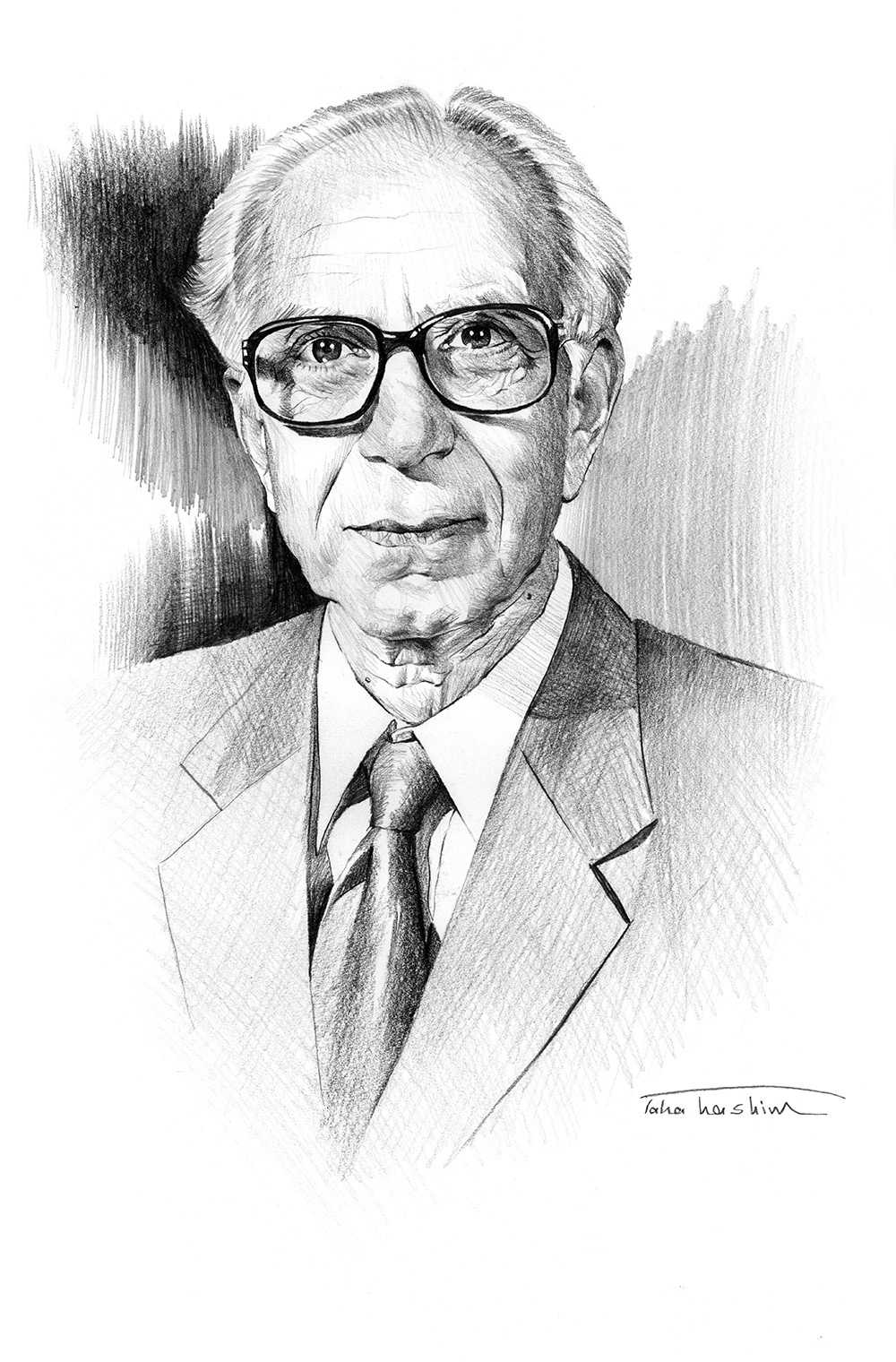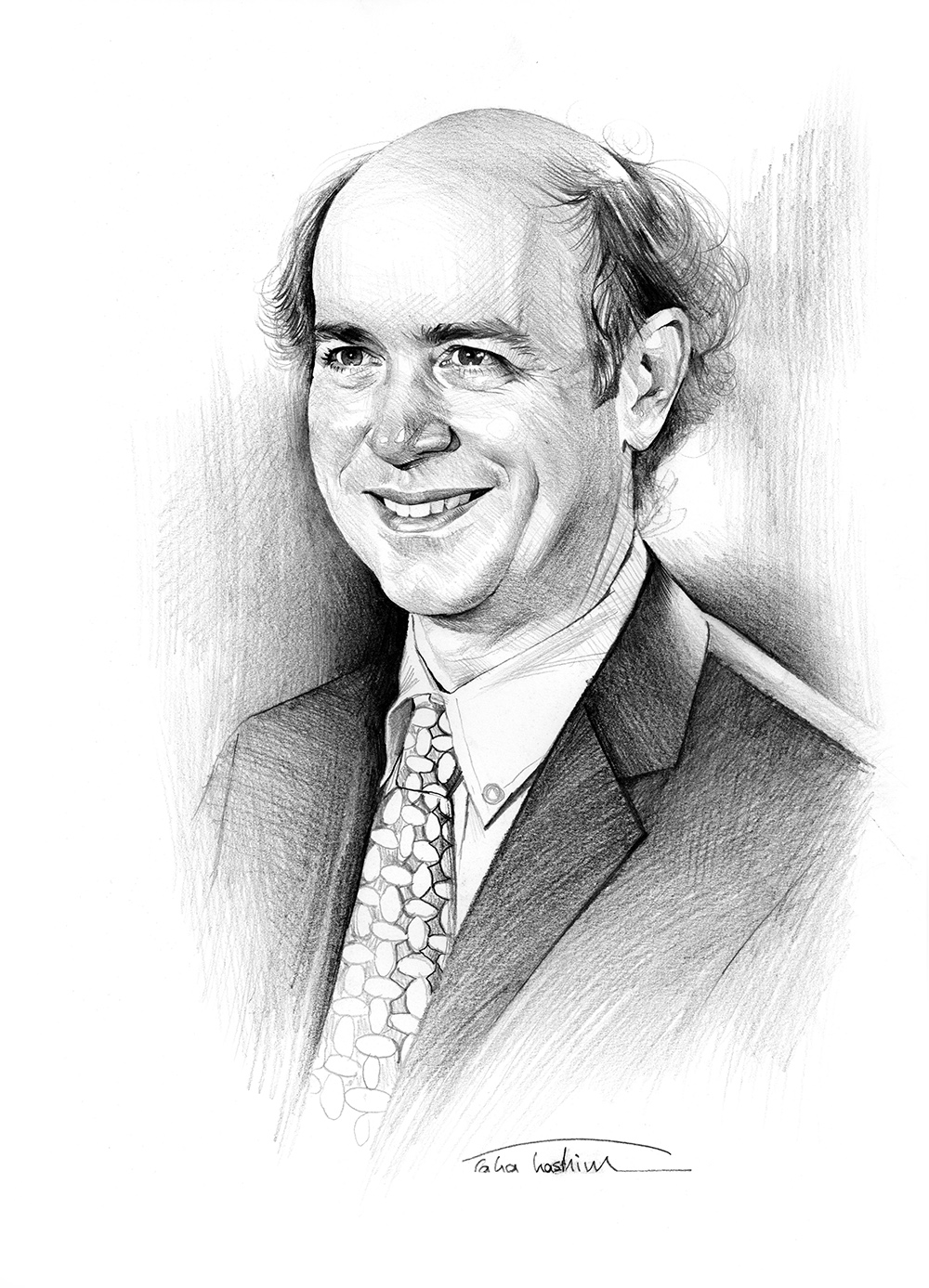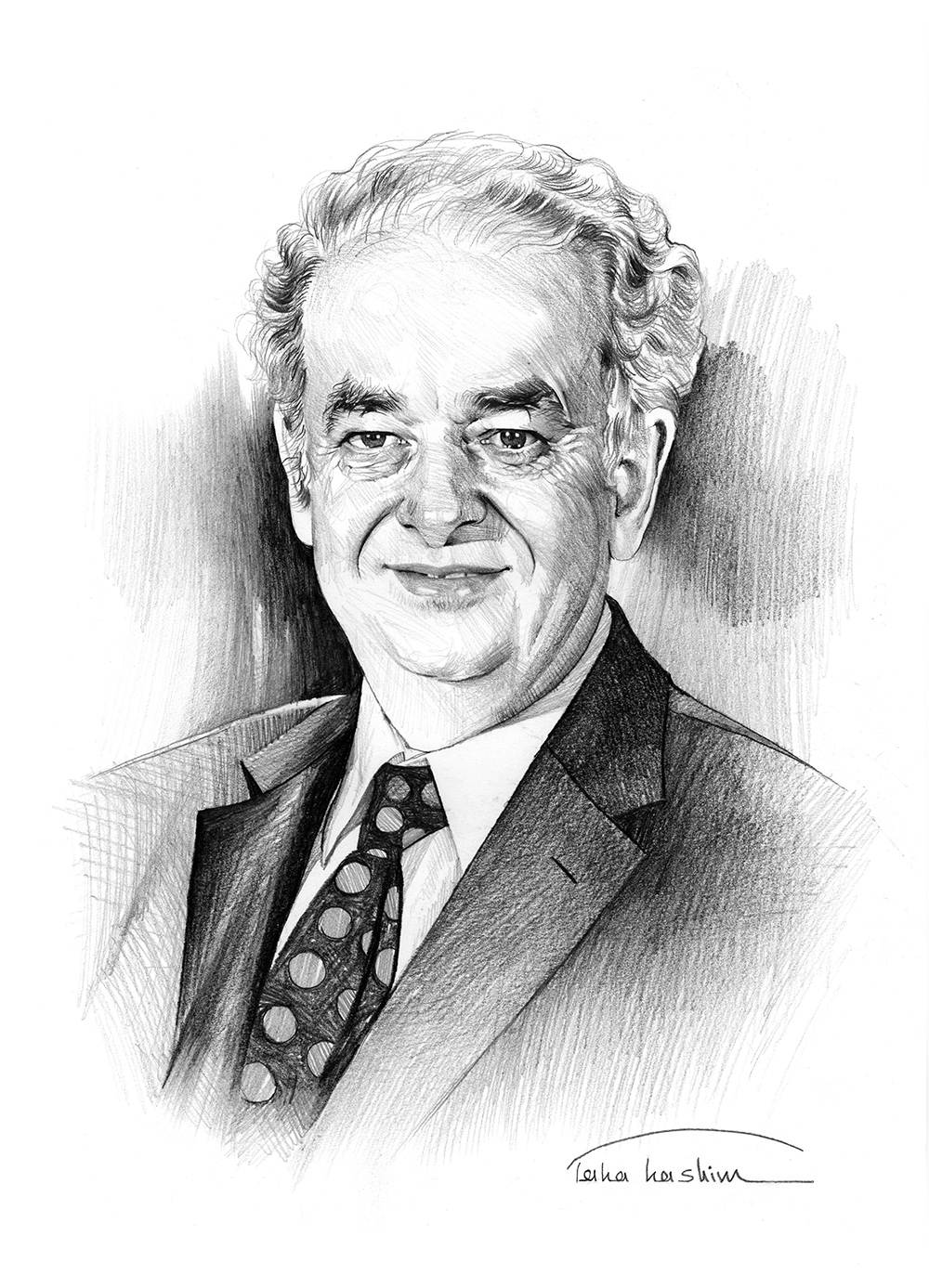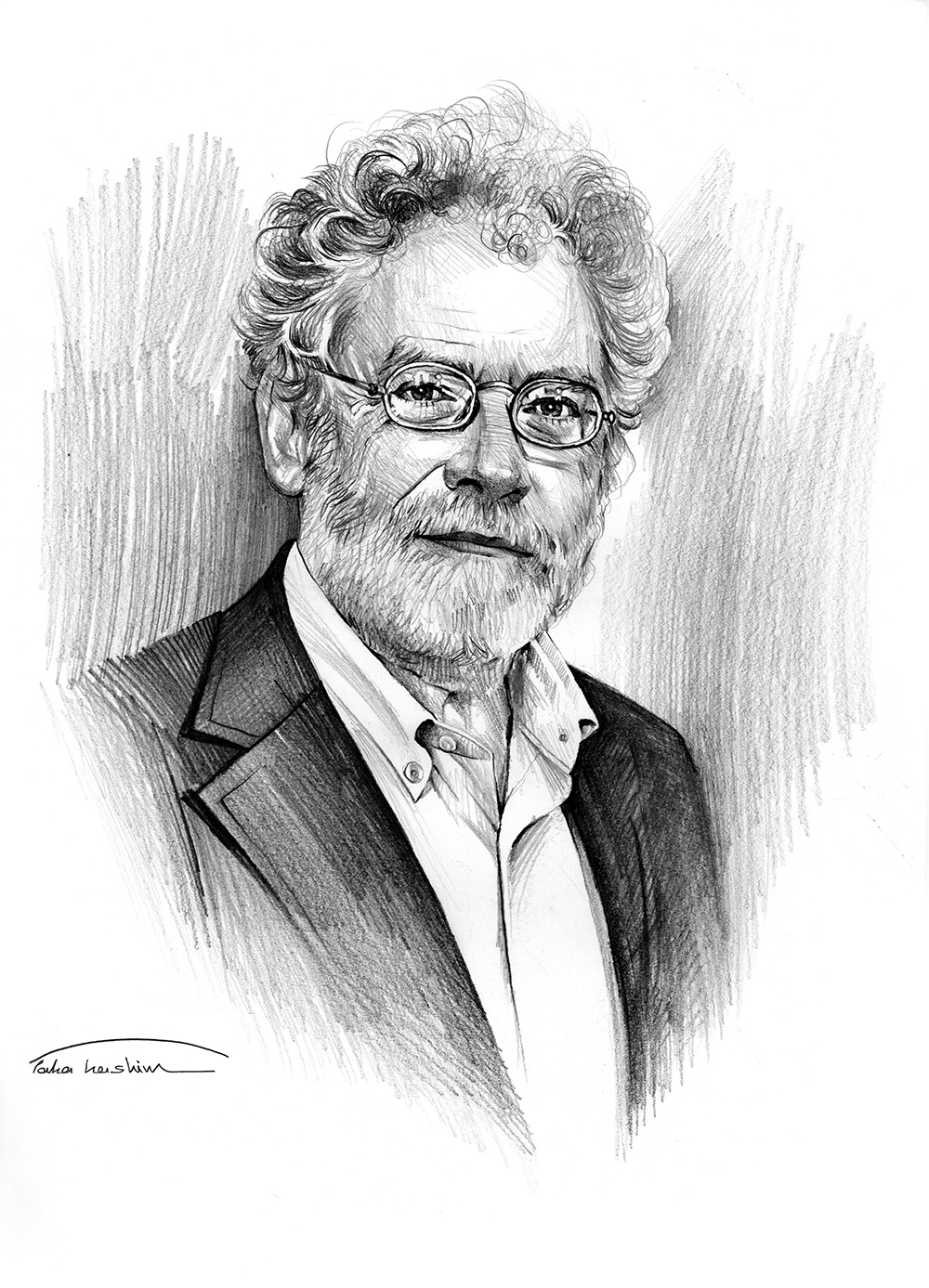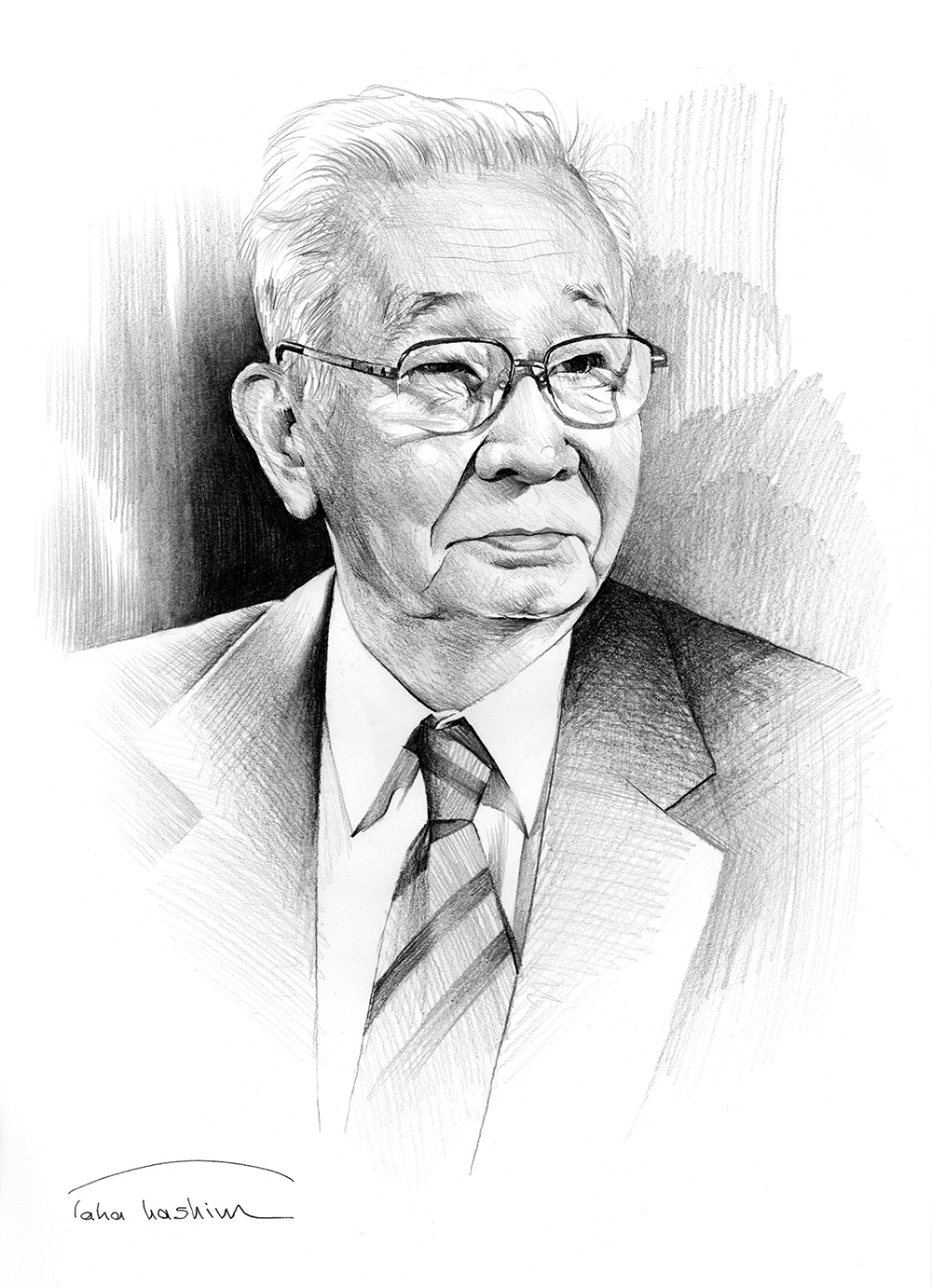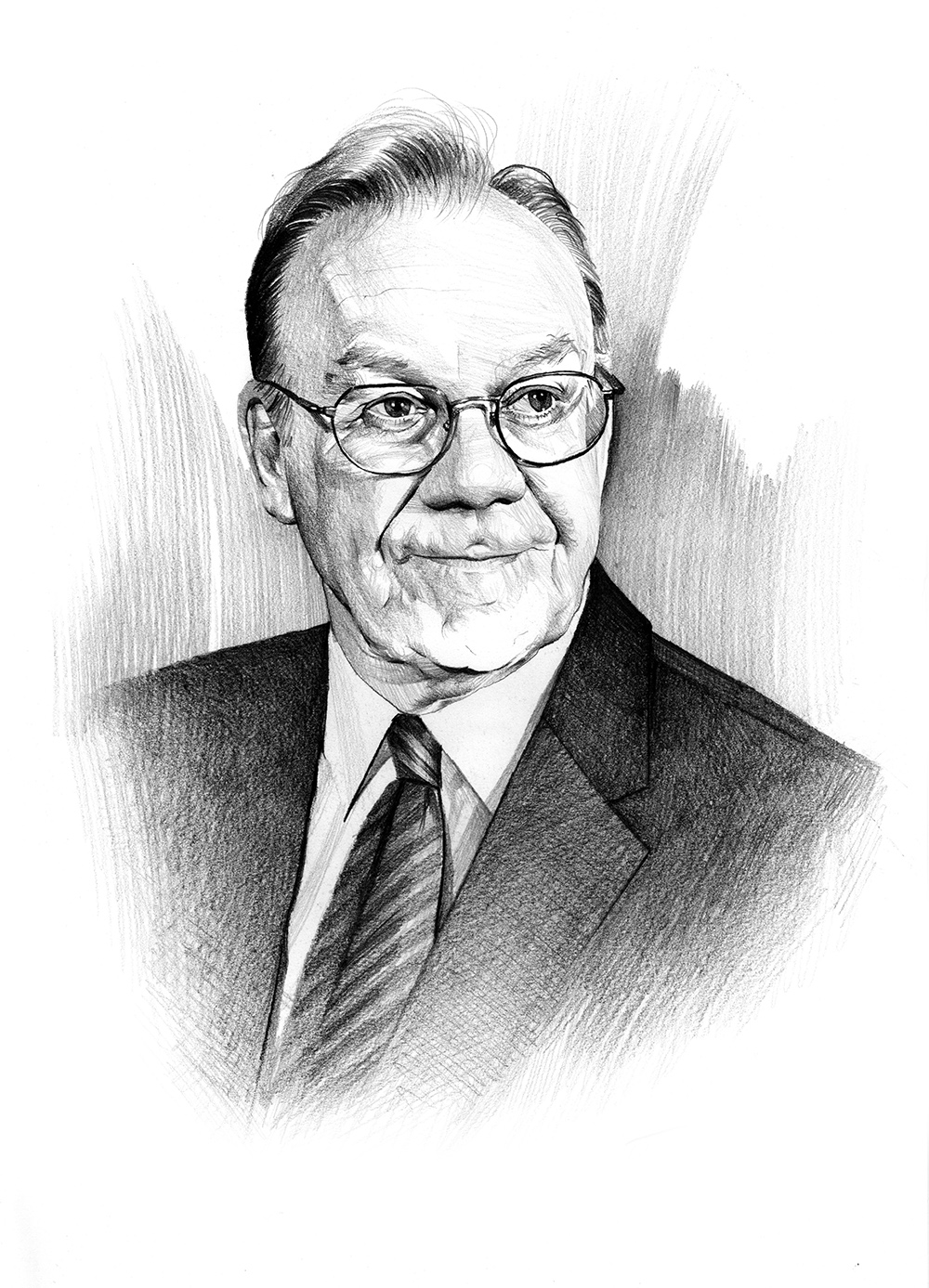Richard Friend graduated from Trinity College in 1974 with a B.A. (First Class) in Theoretical Physics and obtained his Ph.D. from the Cavendish Laboratory at the University of Cambridge in 1979. He joined the Department of Physics at Cambridge in 1980, where he is currently holding the prestigious Cavendish Professorship of Physics. He is also a Fellow of St. John’s College, a Chairman of the Council of the School of Physical Sciences at the University of Cambridge, and the Tan Chin Tuan Centennial Professor at the National University of Singapore. In addition, he is a principal investigator in the Interdisciplinary Research Collaboration (IRC) on Nanotechnology in Cambridge, the founder and Chief Scientist of Cambridge Display Technology Ltd. and a Consultant at Plastic Logic Ltd.
Professor Friend’s pioneering work on the semiconductor physics of conjugated polymers has had a profound impact on physics and beyond. He has essentially invented a new type of electronics using organic semiconductors and persisted with their development into polymer light-emitting diodes that are now widely used and offer the potential of cheaper, larger and flexible displays. He continues to develop polymer photovoltaics and directly printed polymer transistors. He authored around 700 publications in scientific journals, and more than 40 patents. The Institute for Scientific Information identified him as the most cited physics scientist in the UK for the decade 1990-1999. He is currently one of the two most cited physicists in his country (~ 39,000 citations).
Professor Friend received numerous awards and honors. He is a Fellow of the Royal Society of London, Fellow of the Royal Academy of Engineering, Honorary Fellow of the Royal Society of Chemistry, Honorary Fellow of the Institute of Physics, Honorary Fellow of Trinity College (Cambridge) and Honorary Fellow of the University of Wales (Bangor). He holds honorary doctorate degrees from the universities of Linkoping (Sweden), Mons-Hainaut (Belgium), and Heriot-Watt (Edinburgh). He is also the recipient of the prestigious Rumford Medal of the Royal Society of London, Silver Medal of the Royal Academy of Engineering, Faraday Medal of the Institute of Electrical Engineers, Gold Medal of the European Material Research Society and Descartes Prize of the European Commission. He was knighted in 2003 for his services to physics.
This biography was written in the year the prize was awarded.

